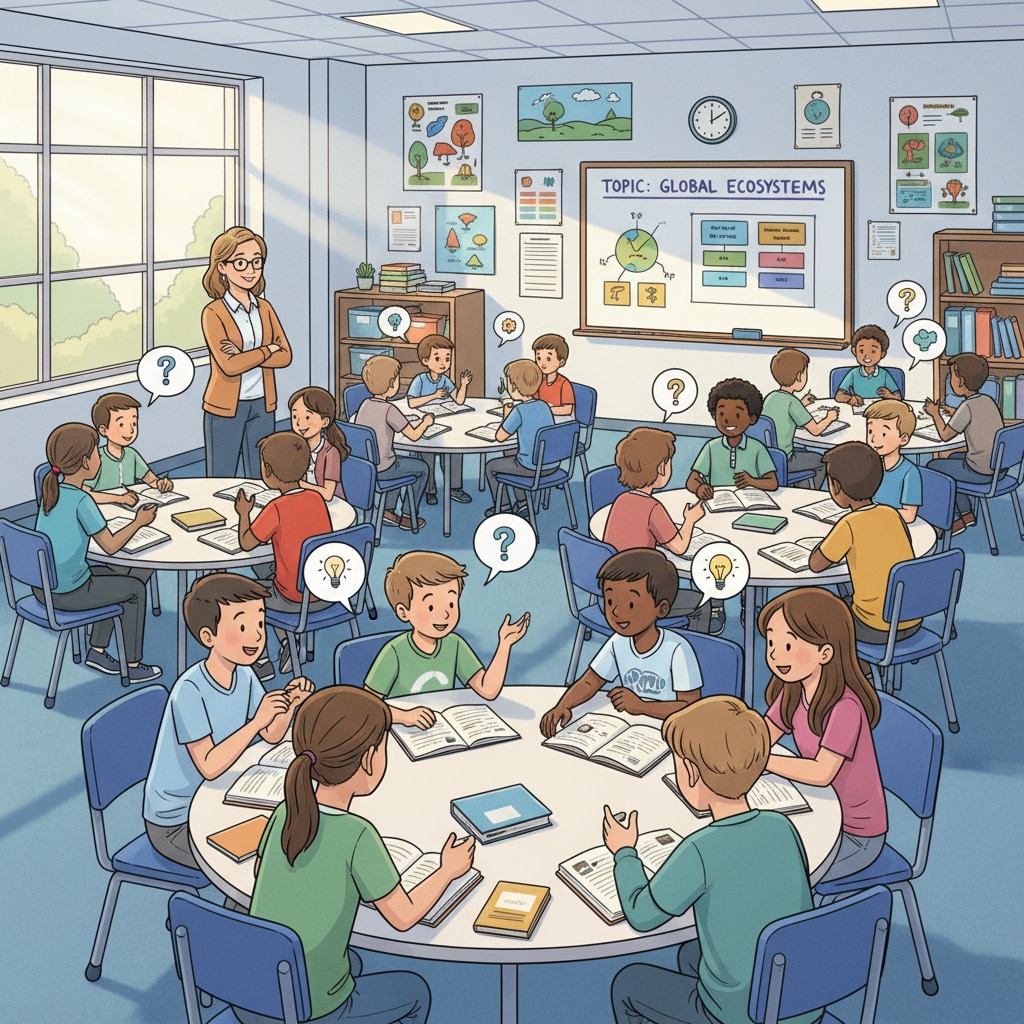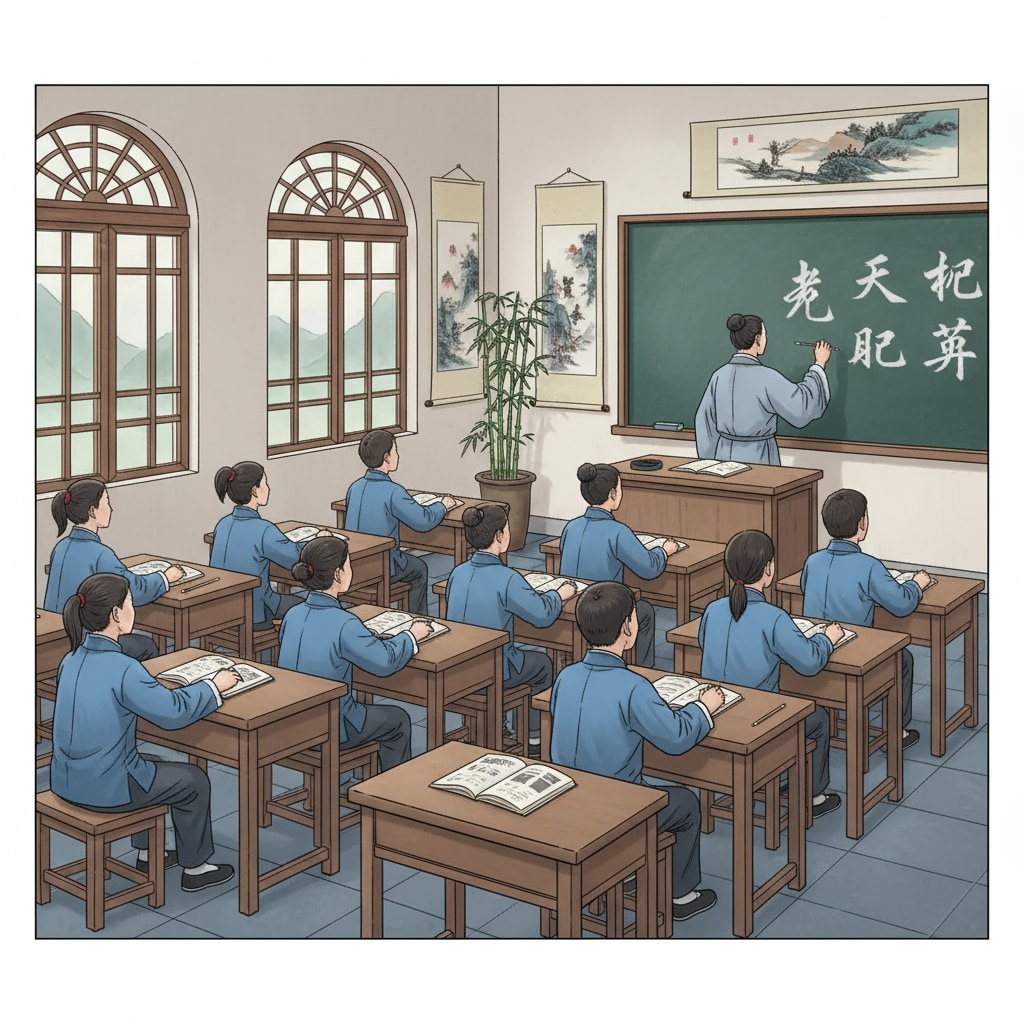The education systems of the United States and China are two distinct yet fascinating models within the global educational landscape. When it comes to the K12 education systems of these two countries, there are numerous differences and unique features worth exploring. This article will take you on a journey to compare and evaluate these two educational powerhouses.
Educational Philosophies: Shaping the Foundation
The educational philosophy in the US emphasizes individualism. It aims to cultivate students’ unique talents, creativity, and critical thinking skills. For example, in American classrooms, students are often encouraged to express their own opinions and ideas freely. According to Education in the United States on Wikipedia, the focus is on the development of the individual, allowing them to explore various interests. On the other hand, Chinese education adheres to a more collectivist philosophy. It emphasizes the importance of the group and the nation. The goal is to produce well-rounded individuals who can contribute to society. Chinese students are taught the values of cooperation and national pride from an early age.

Teaching Methods: Diverse Approaches
In the US, teaching methods are often student-centered. Teachers act more as facilitators, guiding students to discover knowledge on their own. Group projects and discussions are common, promoting teamwork and communication skills. In contrast, Chinese classrooms are more teacher-centered. Teachers play a dominant role in imparting knowledge. Lectures and note-taking are the main ways of learning. However, in recent years, China has also been incorporating more student-centered elements into its teaching. As stated in Education in China on Britannica, educational reforms are aiming to strike a better balance between teacher guidance and student initiative.

Another aspect is the use of technology in teaching. In the US, many schools have embraced digital learning tools, such as online courses and educational apps. In China, the use of technology in education is also on the rise, especially with the development of e-learning platforms during the pandemic. These technological advancements are changing the way students learn in both countries.
Readability guidance: The above content clearly presents the differences in educational philosophies and teaching methods between the US and Chinese education systems. Short paragraphs and clear explanations help improve readability. Transition words like “however” and “on the other hand” are used to show contrasts.


